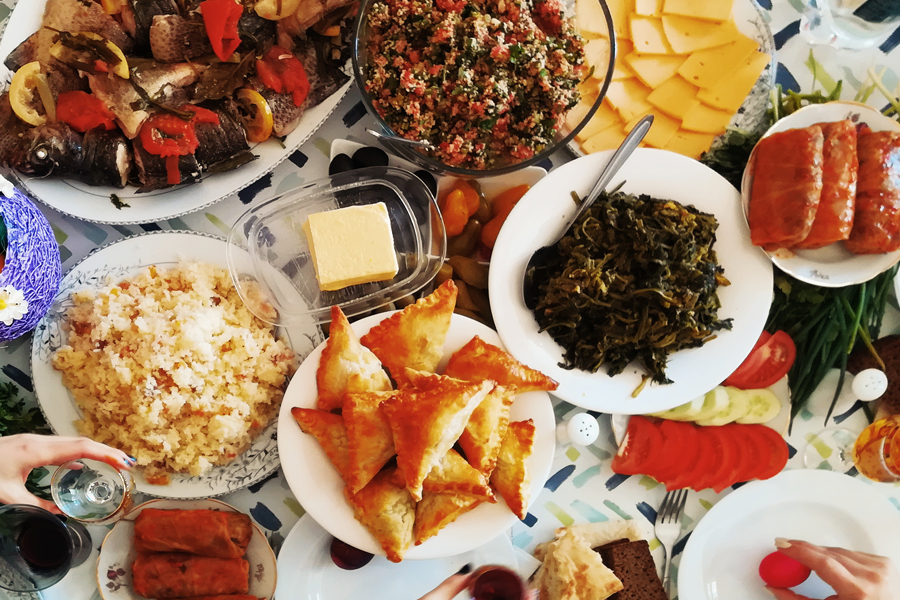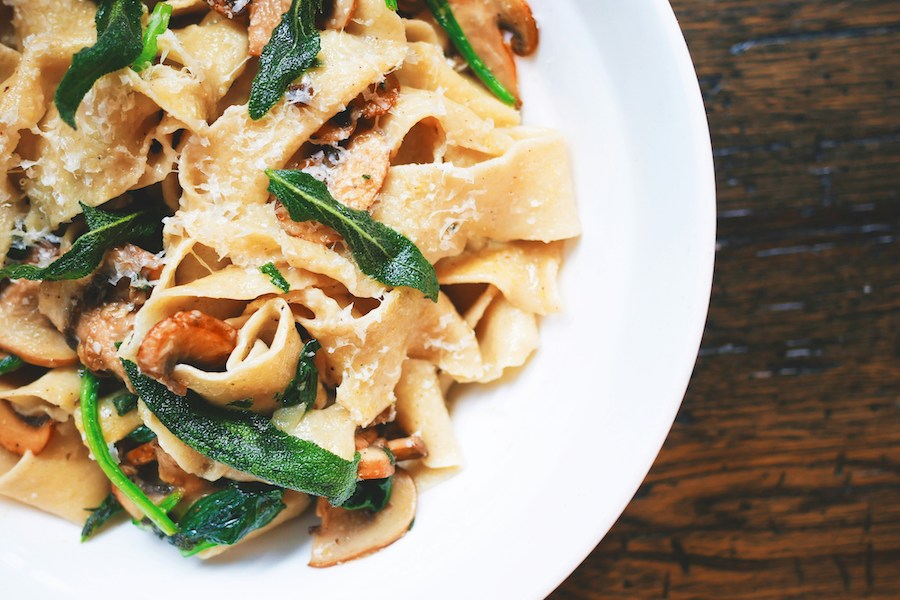Summer’s here! That means I’m thinking about all of those picnics, beach parties, and backyard barbecues — and also food safety. I hate to be a Debbie Downer, but the CDC estimates that 48 million people get sick from food borne diseases each year in the United States. That’s a lot of suffering just from eating Aunt Helen’s potato salad.
A lot of food poisoning can be avoided by following some basic rules about food safety, such as not leaving food out too long on that picnic table in the heat.
But how long is too long? Here’s help.
Top Photo: Gor Davtyan via Unsplash
This post has been updated for 2021
Related: Which frozen foods are safe to eat after a power outage?
The General Rule…
Both the FDA and the USDA caution against leaving any food out for longer than 2 hours, and only 1 hour if the temperature is above 90° F.
Because bacteria grows quickly when food is between 40° F and 140° F, they refer to this range as the “Danger Zone.”
(*humming theme to Top Gun*)
Keeping that general 2-hour/1-hour rule in mind, here are some additional considerations for a few of the most popular summer foods.
Cooked Meats: How long are they safe to eat outside?
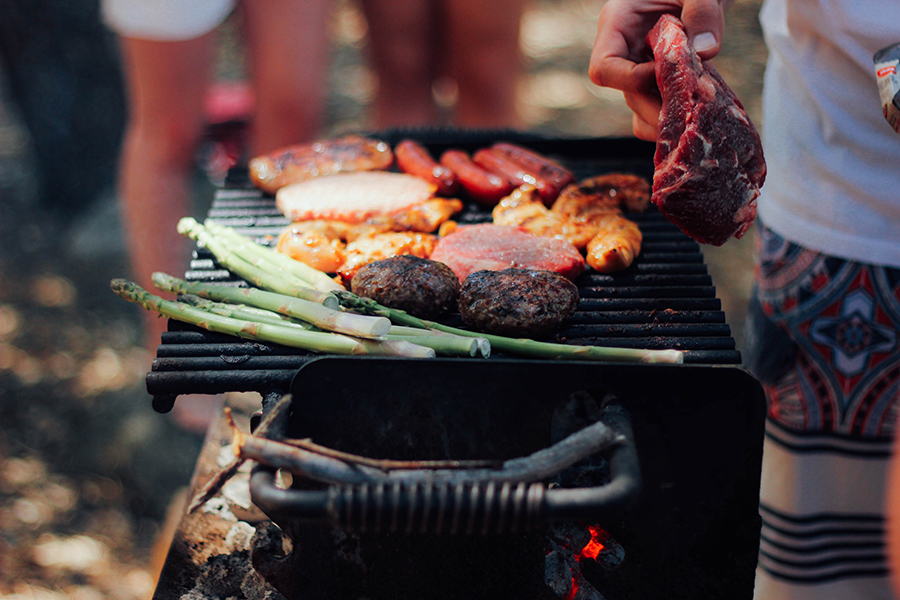 Photo: Stephanie McCabe via Unsplash
Photo: Stephanie McCabe via Unsplash
When you’re warming up the grill for your 4th of July blowout, remember this: the FDA says to keep “hot food hot and cold food cold.”
They suggest putting all of your grilled burgers, hot dogs, and steaks to the side of the grill where they’ll keep warm, instead of putting them out on a platter where bacteria can grow if it’s left out too long. Then, before they start heading into the Danger Zone, immediately put any leftovers on ice or in your refrigerator.
This way, you can play flag-football in peace without worrying about whether a bad wiener is going to ruin everyone’s day.

Overall Tip: If you’re bringing any food at all to a summer potluck, consider transporting it in an insulated food carrier like this one, and keep it there, hot or cold, until you’re ready to serve so it will retain its temperature. Can’t hurt to toss in a few reusable cold packs if it’s a dish that should be served cool.
Related: 10 of the very best grilling hacks for summer.
Deviled Eggs or Egg Salad: How long are they safe to eat outside?
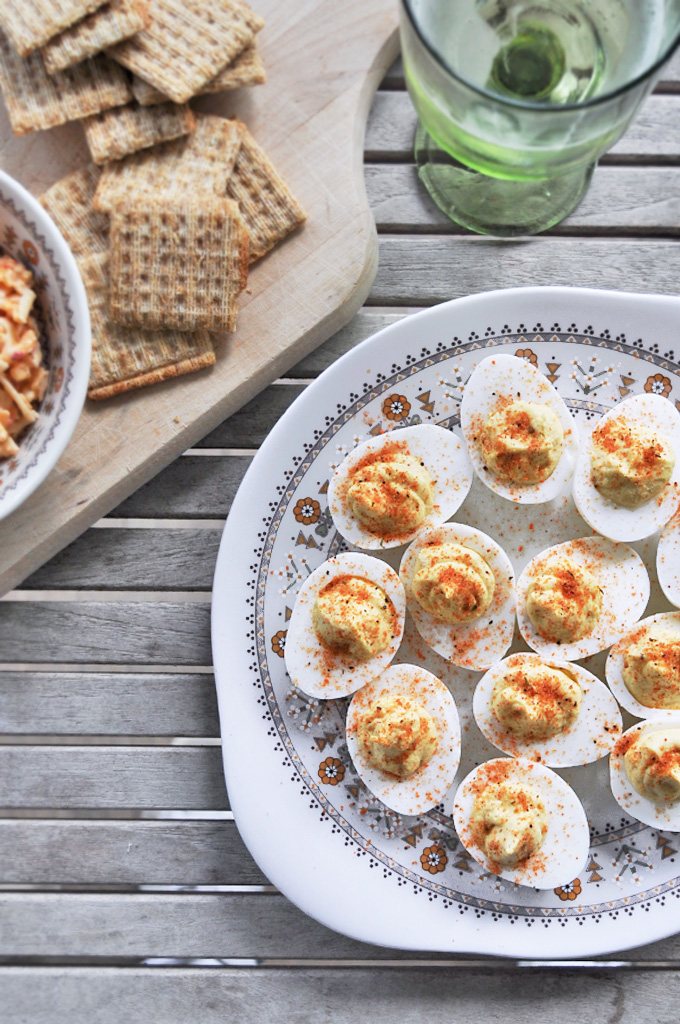 Deviled egg recipe: Anne Wolf Postic for Cool Mom Eats
Deviled egg recipe: Anne Wolf Postic for Cool Mom Eats
Everyone knows that a picnic isn’t a picnic without deviled eggs — or is that just me? But eggs carry the risk of Salmonella, and extra caution should be taken when storing and serving them.
The USDA states an uncooked cold egg left out at room temperature can “sweat,” causing bacteria to move into the egg and therefore should never be left out for more than 2 hours.
Surprisingly, perhaps, a hard boiled egg spoils even faster than a raw one, and should be refrigerated within 2 hours of being cooked. That includes egg salad.
Related: How to cook and peel the perfect boiled egg.
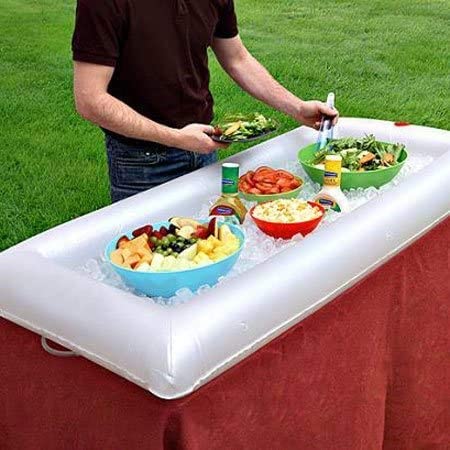
One suggestion: invest in a chilled buffet server like this one, which can be filled with ice to keep everyone’s cold food cold. Yes, that means beer too. This one is just $15.60 on sale now, and because it’s inflatable, it’s easy to transport and store.
Mayo Based Salads: How long are they safe to eat outside?
 Photo: Stella de Smit via Unsplash
Photo: Stella de Smit via Unsplash
Sorry, but the 2-hour rule applies to your favorite summer potato salad too. And remember that when it’s hotter than 90° F at your beachside rager, that salad can only stay out for an hour.
To be safe, one trick is to get out that set of nesting bowls, then nest your salad bowl in another larger bowl that’s filled with ice so that the contents stay cold at all times. A metal bowl will do an extra-good job here.
Related: Not your mother’s macaroni salad recipes: 7 tasty twists for a fresh take on the classic.
Fruits and vegetables: How long are they safe to eat outside?
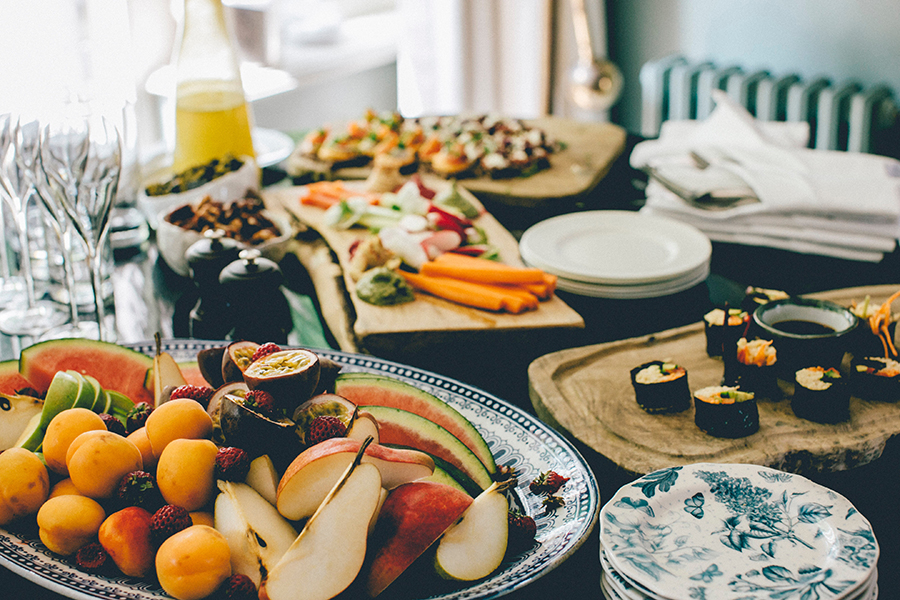 Photo: Dylan Nolte via Unsplash
Photo: Dylan Nolte via Unsplash
Many fruits and vegetables can go without refrigeration, and as Stacie has pointed out, a few even benefit from being left out. But some, like leafy greens and cut melon, do need to be kept cold, and the USDA recommends the 2-hour rule here.
Whatever the weather, pay special attention to fruit and vegetable recalls: cut melon and romaine lettuce have been culprits in cases of severe contamination.
Tip: the USDA offers the FoodKeeper app to alert you to recalls and provide tips for safe storage and serving of foods.
Related: Tips for picking, storing and cooking with stone fruit.
Milk: How long is it safe to drink outside?
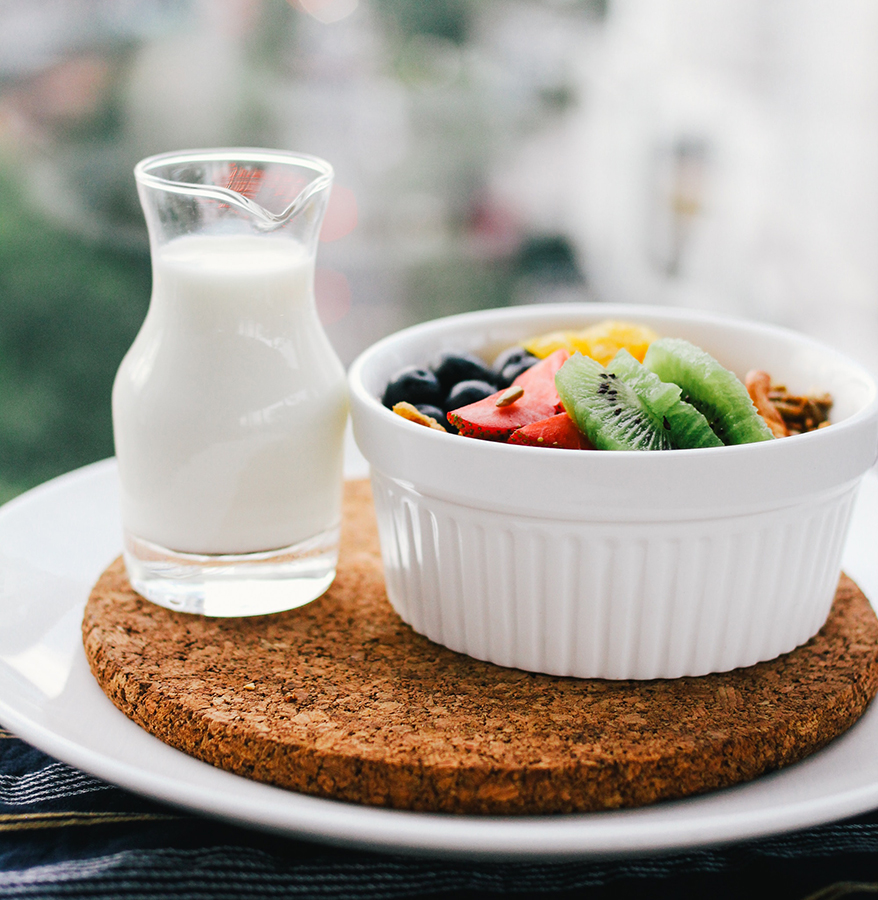 Photo: Carissa Gan via Unsplash
Photo: Carissa Gan via Unsplash
Since the beginning of time, parents have yelled at their kids to put the milk back into the refrigerator. It turns out that the FDA sides with Mom and Dad, and cautions that bacteria can grow rapidly in milk that’s left unrefrigerated.
This is something to especially keep in mind if you frequently serve milk to young children who are especially susceptible.
If that carton of 2% milk has been sitting out longer than the 2-hour finale of The Bachelor, best to toss it.
Related: What to look for on dairy, egg, and meat food labels: A cheater’s guide.
Cakes and Baked Goods: How long are they safe to eat outside?
 Photo: Alex Loup via Unsplash
Photo: Alex Loup via Unsplash
You’ll be relieved to hear that cakes and baked goods can be left out in warm weather without suffering any consequences — if you don’t count them disappearing rapidly, because they’re just sitting out for everyone to see… and eat.
The exception: any baked goods with frosting that contains milk or cream cheese, since these need to adhere to the rules for milk products. (Some suggest that the high sugar content in frosting protects against spoilage, but I say it’s not worth the risk.)
Check out our guide on how to store baked goods to find out exactly what can safely stay on the counter and what needs to go directly into your stomach. I mean, refrigerator.

